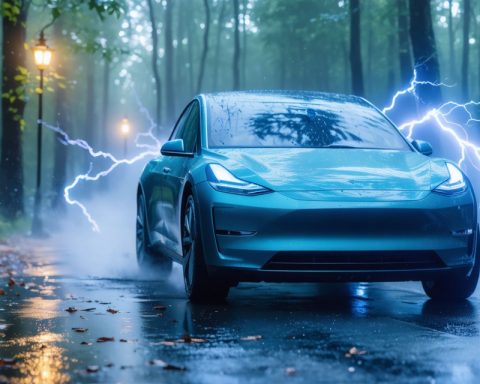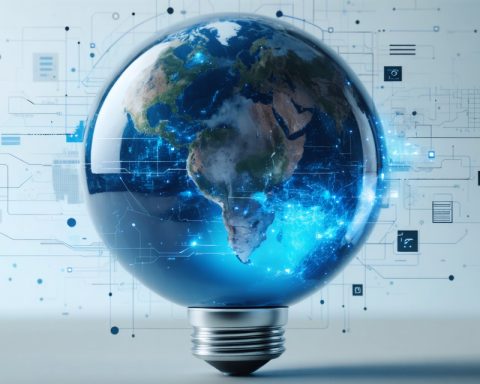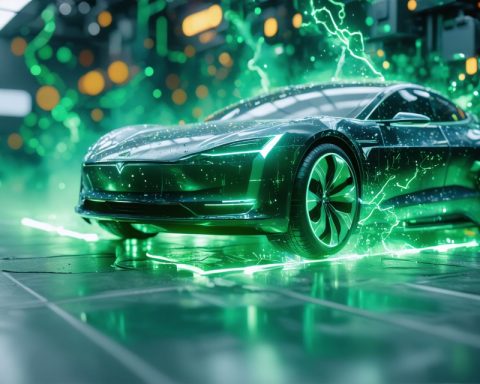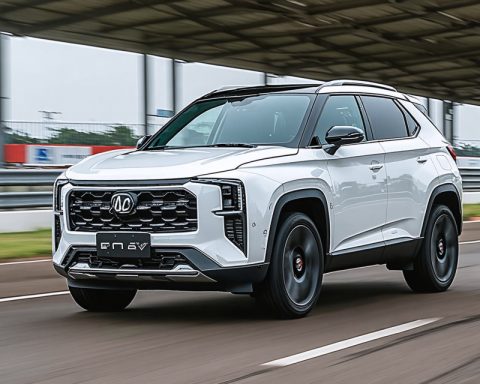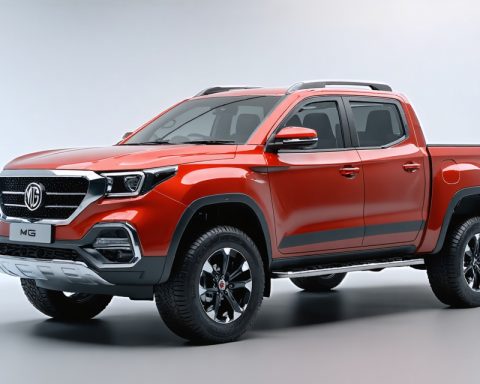- The transition to electric vehicles (EVs) is accelerated by government subsidies and regulatory standards, impacting both emissions and costs.
- A shift towards EV production raises traditional vehicle prices as manufacturers adjust resources and utilize complex credit systems.
- State and federal investments in EV charging infrastructure lead to utility rate increases, affecting everyday consumers financially.
- Affluent individuals benefit from hidden EV subsidies, leaving average Americans to bear the financial burden through higher costs.
- The electrification journey combines technological progress with economic challenges, necessitating careful government balance.
- Overall, while the push for cleaner technology is essential, it must not inadvertently strain the financial resources of the general population.
A rapid shift towards electric vehicles (EVs) is underway, fueled by government subsidies and regulatory credits designed to curb emissions. Yet, this green revolution isn’t as clean-cut as it seems. A recent analysis from the American Energy Institute reveals a disturbing narrative of rising costs permeating beyond the green promise—farther than just the affluent who initially embrace these innovations.
Picture a bustling automotive industry, traditionally anchored by gas-powered vehicles, now coerced into prioritizing EV production to conform with strict Corporate Average Fuel Economy and greenhouse gas emissions standards. This seismic shift diverts crucial resources, elevating the cost of traditional vehicles, and forcing manufacturers to dabble in a complex credit system to manage excess emissions. Such intricate maneuvers eventually channel additional financial burdens to the end users, stealthily nudging up prices on the dealership floor.
But the financial ripples don’t stop there. As EV charging infrastructure blossoms, bearing the hefty weight of state and federal subsidies—an investment that soared to roughly $7.5 billion under former president Joe Biden—utility companies see their profits swell with the tide. Yet, this comes at a cost, with the pressure of these investments being distributed across unwitting utility consumers. Imagine 40 states offering enticing rebates for in-home Level 2 chargers, only to leave ratepayers grappling with elevated utility bills—a disturbing concoction of technological progress and economic downside.
The narrative unveils a sobering reality: while the affluent cradle EVs in their garages, benefiting from hidden subsidies ranging from $94,000 to $153,000 over a decade, everyday Americans are absorbing the aftershocks. State subsidies and rebates support glittering new EV infrastructure, leaving many to shoulder the collateral damage through heightened utility rates.
From regulatory credits stealthily shifting costs to the innocent buyer, to subsidized charging infrastructure threading costs into utility bills, the system inadvertently strains the wallets of everyday Americans. For a nation eager to embrace cleaner technologies, the path is mired with complexities and hidden charges.
This dual-edged sword presents a clear takeaway: while striving for cleaner air and advanced technology, the government must tread lightly to ensure balance is struck, allowing innovation without surreptitiously draining the pockets of those it hopes to empower.
In weaving through the electrification narrative, one finds that progress, as beautiful as it may be, comes with a caveat—a gentle reminder that every transformation carries a cost, often veiled beneath layers of innovation.
The Hidden Costs of Electric Vehicles: What You Need to Know
Introduction
The shift towards electric vehicles (EVs) promises a cleaner and more sustainable future, but beneath the surface lies a complex web of financial implications that extend beyond just purchasing an EV. As highlighted by the American Energy Institute, a comprehensive understanding of this transition reveals costs and impacts that are not immediately apparent.
How EVs Are Impacting Traditional Vehicle Pricing
As automakers transition from gas-powered vehicles to EVs, they’re navigating a maze of regulatory requirements. The introduction of stricter Corporate Average Fuel Economy (CAFE) and greenhouse gas emissions standards is compelling manufacturers to reallocate resources towards EV production. This not only raises the cost of traditional vehicles due to redirected funding but also introduces a complex system of credits to manage emissions, eventually translating into higher prices for consumers at the dealership.
The Influence of Charging Infrastructure on Utility Bills
The expansion of EV charging infrastructure is a nationwide initiative, bolstered by substantial state and federal subsidies, including a $7.5 billion investment under the Biden administration. These investments, however, contribute to rising utility bills as the cost is distributed among consumers. Although rebates for in-home Level 2 chargers in 40 states appear attractive, the hidden cost manifests in elevated utility rates.
EV Ownership: Beyond the Upfront Cost
While affluent individuals benefit significantly from EV ownership due to subsidies—ranging from $94,000 to $153,000 over a decade—average Americans face indirect financial strains. Subsidies for EV infrastructure often lead to increased utility rates, affecting everyday consumers who might not even own an EV.
Real-World Use Cases and Considerations
– Cost Analysis: Prospective EV buyers should conduct a detailed total cost of ownership (TCO) analysis, considering purchase price, maintenance costs, insurance, charging infrastructure, and potential utility bill hikes.
– Government Rebates: Investigate available state and federal rebates, which can mitigate upfront costs, but remember the possible long-term financial implications.
– Charging Needs: Assess personal driving habits to determine if investing in a home charging station is beneficial or if relying on public infrastructure suffices.
Market Forecasts and Industry Trends
The EV market is projected to grow substantially in the coming years, with a predicted increase in global market size from $246 billion in 2020 to $985 billion by 2028, according to Allied Market Research. This expansion is driven by technological advancements, decreasing battery costs, and increased consumer demand for eco-friendly transportation.
Controversies and Limitations
– Mining and Sustainability: The extraction of lithium, cobalt, and other materials for EV batteries raises environmental and ethical concerns, including high carbon emissions and labor exploitation in mining regions.
– Range Anxiety: Despite advancements, many consumers remain hesitant due to concerns about vehicle range and insufficient charging infrastructure.
Tips for Potential EV Buyers
1. Evaluate Needs: Analyze your transportation needs to determine if an EV fits your lifestyle.
2. Stay Informed: Keep abreast of government policies and subsidies that may impact total ownership costs.
3. Plan Your Charging Strategy: Consider your access to charging stations at home, work, and frequent destinations.
Conclusion
The transition to electric vehicles is a complex narrative filled with both promise and hidden costs. Consumers must navigate these waters carefully, balancing innovation with economic sensibility. As the EV landscape evolves, awareness and strategic planning will be key to ensuring that this green shift benefits all, without inadvertently burdening the very individuals it aims to assist.
For further reading on sustainable energy, visit American Energy Institute.

